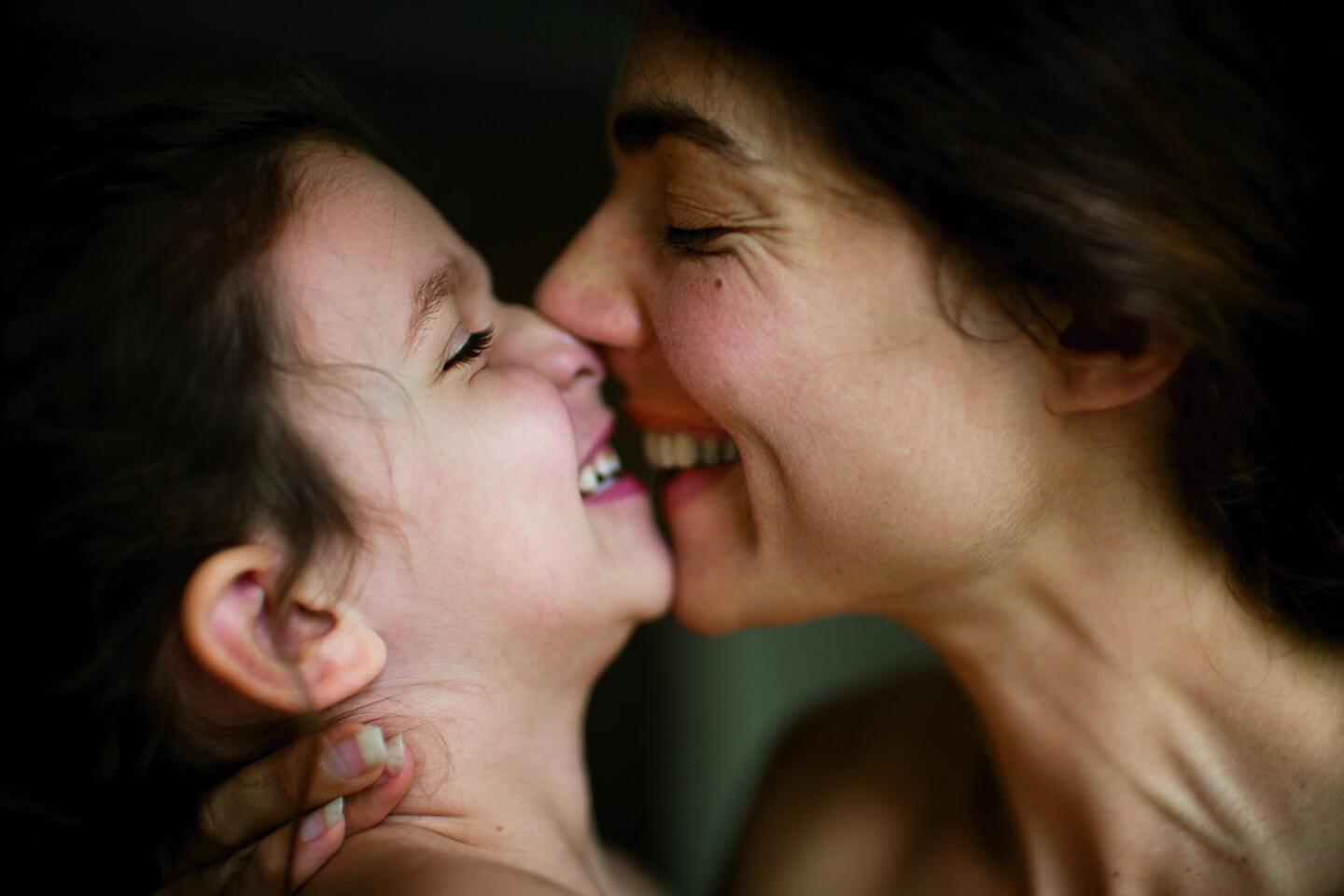A year-end spread of bold, inventive photography books
No tradition in photography is more eagerly awaited than the year-end avalanche of books from artists old and new. And photography has provided us with no greater mystery in recent years than the case of Vivian Maier.
Before her death in 2009, Maier worked mostly as a nanny in Chicago and New York and spent her time off taking pictures she showed to no one. When her decades’ worth of photographs were finally discovered and shared posthumously in a sudden wave of books, gallery exhibitions and websites, Maier and her story became a genuine sensation in photography circles. (A documentary, “Finding Vivian Maier,” is on the film festival circuit.) That her biography and artistic motivations remain largely unknown makes the newest collection of her work, “Self-Portraits” (PowerHouse: 120 pp., $50), an intriguing riddle.
“Self-Portraits” meets the mystery head on, collecting the many pictures Maier took of herself. They are a mix of the spontaneous and the studied, as the photographer aimed her camera at mirrors and shop windows, capturing her reflection with careful detail and composition. They are among her most accomplished pictures and may be the most revealing artifacts she left behind.
PHOTOS: Bold, inventive photos from this year’s photography books
The work of Elinor Carucci is concerned with the most intimate moments of life; turning a lens on her family and herself, she is endlessly fascinated with relationships and the human body. Her latest book, “Mother” (Prestel: 144 pp., $45), is a dreamy but unromanticized record of her pregnancy and early motherhood, continuing a lineage of evocative photography of childhood that includes Sally Mann’s groundbreaking 1992 book “Immediate Family.”
Since giving birth to twins in 2004, Carucci has photographed the small human dramas of her son and daughter while exploring the deeply sensual physical connections between a mother and her young children. The earliest pictures in “Mother” almost seem to have been shot in a womb, the nakedness of her children as natural as puppies rolling in the grass.
One photograph has the self-explanatory title “Crossing the street by himself for the first time,” showing her son at the precipice and looking back at his mom’s lens with trepidation. It’s a moment recognizable to any parent, as are the pages of tears and bodily fluids and hallway dust-ups between siblings. Carucci collects these moments of need, joy and primal conflict with depth and grace.
Across more than 700 pages in “Pretty Much Everything” (Taschen: 720 pp., $69.99), photographers and life partners Inez van Lamsweerde and Vinoodh Matadin flaunt 26 years of bold, inventive editorial and fashion work. It’s an almost encyclopedic gathering of career highlights from the Dutch couple, and it unfolds in the tradition of Penn and Avedon like an endlessly surprising magazine spread. In one picture, a couple of nude women have a glass of milk at a Paris bar as a balding male bystander steals an astonished glance from his beer mug.
Inez and Vinoodh experiment with collage and manipulations via Photoshop and cutouts, but they are most effective when working with the simple pleasures of straight black-and-white portraiture. Among these is a truly stunning picture of Clint Eastwood barely visible through a cloud of smoke, his eyes an inky black. Artist Cindy Sherman is captured midroar, long hair flowing upward in unruly waves. Like their subjects, the pictures are playful and dramatic in subtle ways and more memorable for it.
Tyler Shields is a younger voice from the same fashionable corner of editorial photography as Inez and Vinoodh, skipping along the edge of mainstream decorum with images politically incorrect and sexually suggestive, if not quite explicit. In his “The Dirty Side of Glamour” (It Books: 144 pp., $25), there are splashes of blood and pistols aimed at the camera (more Quentin Tarantino than William Klein) as well as young models in smeared lipstick or vomiting diamonds. In his celebrity portraiture, the Los Angeles-based photographer has a few A-listers but also lots of characters (Danny Trejo, Gary Busey, Juno Temple) and an occasional “Star Wars” stormtrooper.
In one picture, Shields reacts to a notorious 2011 incident involving nonviolent protesters at UC Davis by having a platinum model spray mace into the faces of riot cops sitting helplessly on the ground. This image, like many others in the collection, is mostly irreverent but touches on something deeper.
There is never any doubt about depth when it comes to Gregory Crewdson, one of the most respected art photographers of his generation, known for the elaborate human dramas of his large-format pictures. The thick retrospective “Gregory Crewdson” (Rizzoli: 400 pp., $150) gathers the photographer’s three decades of work depicting the mystery and tragedy in an American suburbia that David Lynch would recognize.
Crewdson’s best-known pictures are carefully directed tableaux of the human spirit at the breaking point. His scenes are as rich and sweeping as an epic Victorian painting, acted out by such established actors as William H. Macy and Tilda Swinton. In one picture, Macy appears dejected and defeated in some incomprehensible nighttime gardening project in his garage, as rain soaks the neighborhood outside. In another, teenage students in backpacks and cheerleader skirts stand in quiet contemplation around a smoking school bus tipped over on a side street.
The results are equal parts surreal and believable, strange and tragic, and like the best photography suggest an entire novel in one compelling image.
More to Read
Sign up for our Book Club newsletter
Get the latest news, events and more from the Los Angeles Times Book Club, and help us get L.A. reading and talking.
You may occasionally receive promotional content from the Los Angeles Times.








